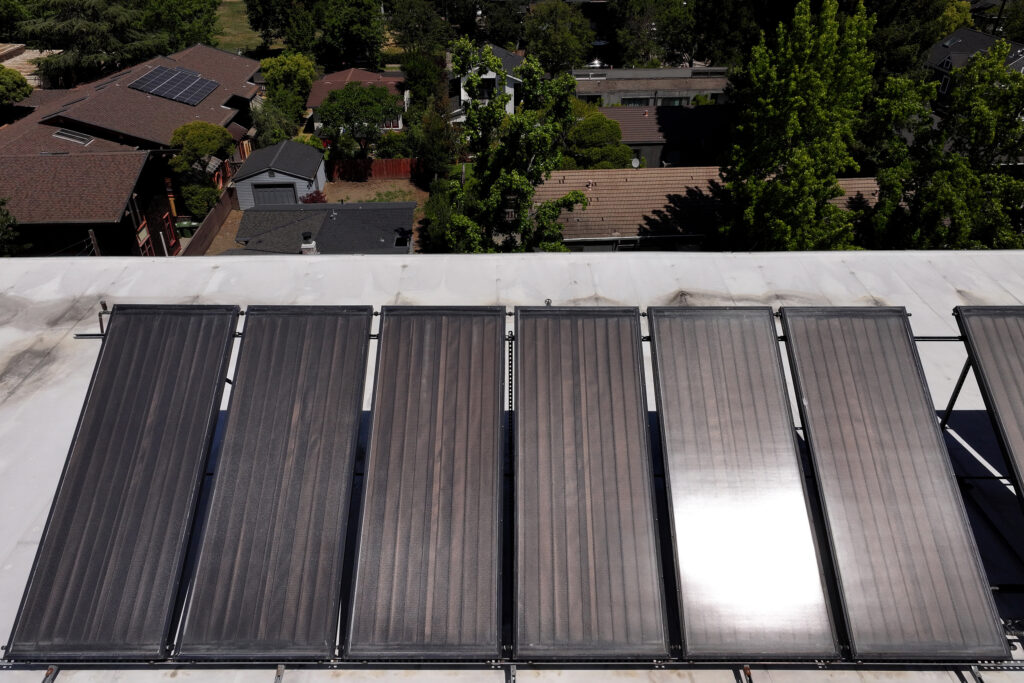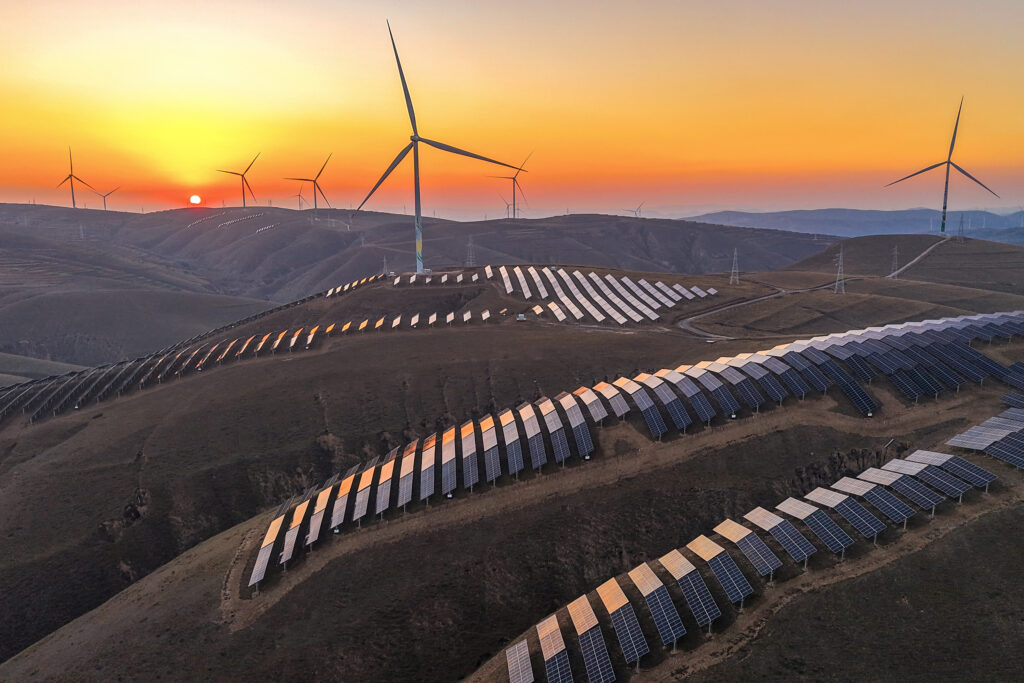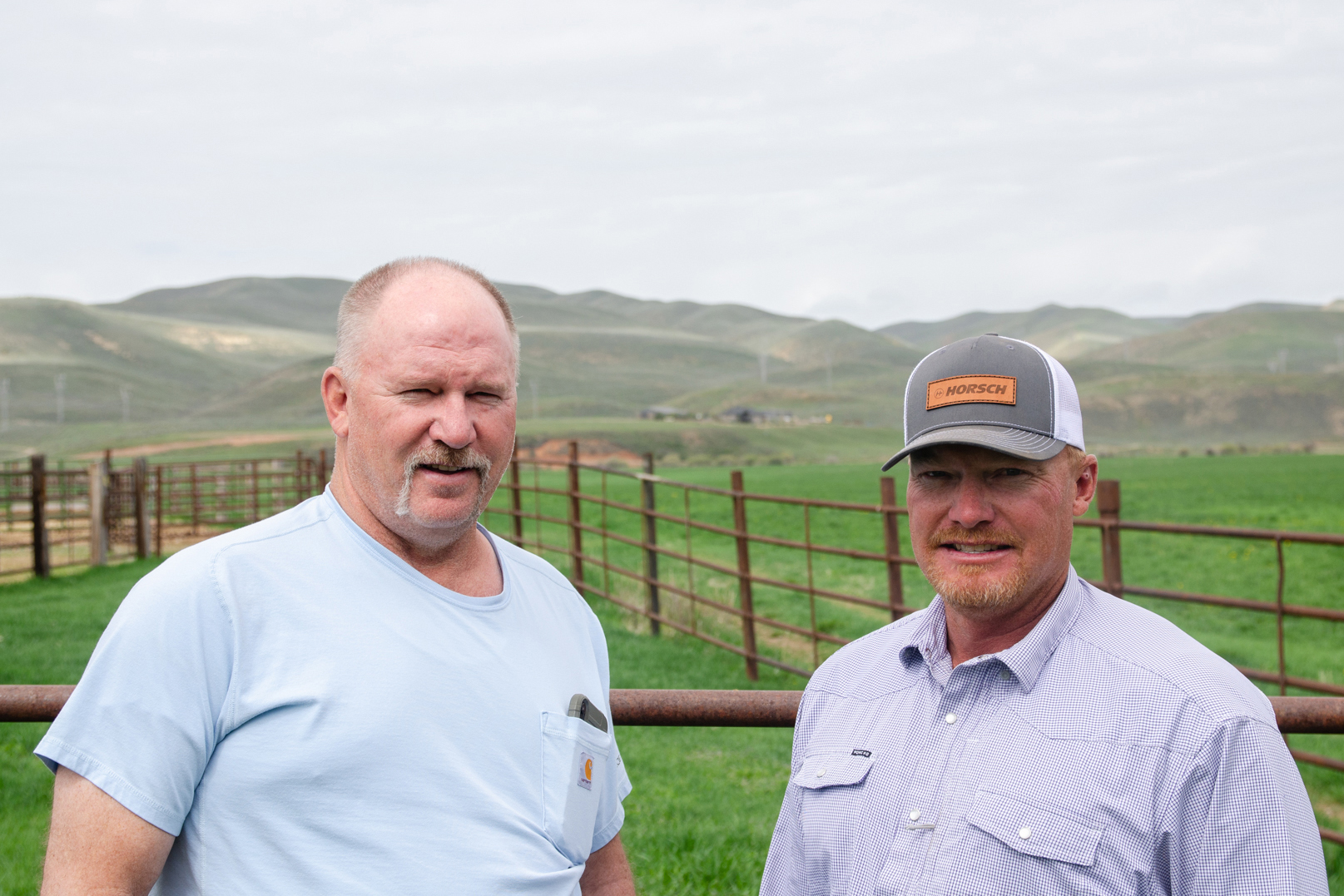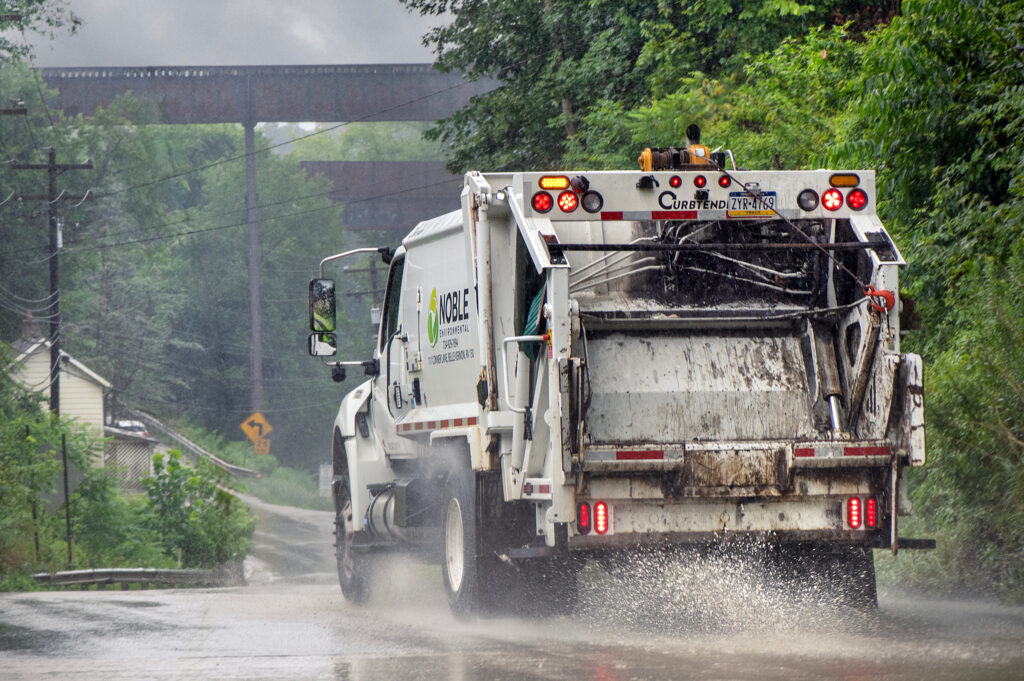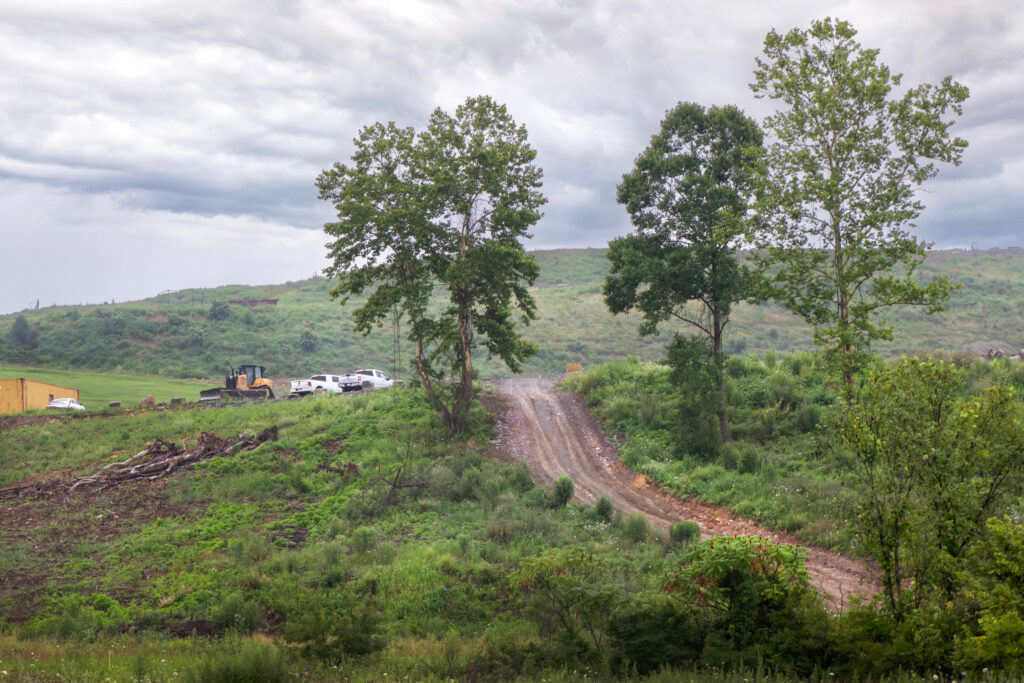3D printing has been used to turn ‘nano-housing’ for sun-loving cyanobacteria into high-efficiency power sources.
A team of researchers at the University of Cambridge believe they have taken a major step forward in the development of ‘biohybrid’ sources of solar energy, which could be a crucial element in the zero-carbon mix.
Work involved 3D printing a ‘high-rise nano-housing’ block , which allowed the photosynthetic bacteria – or cyanobacteria – to grow rapidly. Waste electrons generated in the natural process of turning sunlight into energy were then extracted, and it was found that constructing exactly the right type of ‘home’ for the organisms increased the amount of energy available for use by over an order of magnitude. The result being an approach to bioenergy generation that offers solar conversion efficiencies that outcompete many current methods.
‘Our approach is a step towards making even more sustainable renewable energy devices for the future,’ said research lead Dr Jenny Zhang of the Yusuf Hamied Department of Chemistry. ‘There’s been a bottleneck in terms of how much energy you can actually extract from photosynthetic systems, but no one understood where the bottleneck was. Most scientists assumed that the bottleneck was on the biological side, in the bacteria, but we’ve found that a substantial bottleneck is actually on the material side.’
Cyanobacteria are the most common form of life on the planet, but need a lot of sunlight – and therefore large surface areas such as a lake – to photosynthesise effectively. Energy extraction then requires these organisms to be attached to electrodes. The Cambridge team 3D-printed custom electrodes for the experiment from metal oxide nanoparticles with numerous ‘branches’ and densely packed pillars, resembling a tiny city.
‘The electrodes have excellent light-handling properties, like a high-rise apartment with lots of windows,’ said Zhang. ‘Cyanobacteria need something they can attach to and form a community with their neighbours. Our electrodes allow for a balance between lots of surface area and lots of light – like a glass skyscraper.’
It is now believed the experiment offers a model for powering more sustainable and scalable renewable energy devices, without heavy reliance on mining, recycling, farming, and land use current technologies are often plagued by, for example silicon-based solar cells and many biofuels.
In related news, researchers at the University of Manchester released a study in 2019 that suggests bacteria in seawater could be used to develop renewable biofuels.
Image credit: Gabriella Bocchetti





